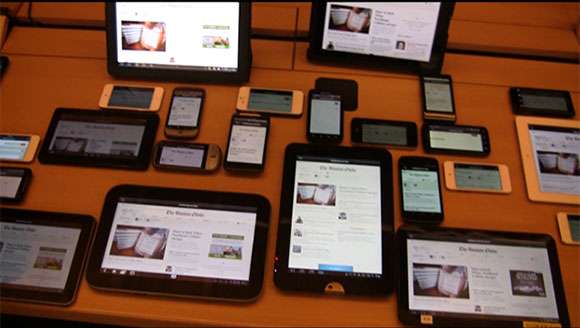Is a line being drawn in the sand about what makes a Web Designer?
Possibly. While i agree with some of this excellent article written by GORKA MOLERO, there are some parts of it that are a stretch for me.
I have a lot of respect for Andy Rutldge but I’ve never really agreed with this:
‘A designer who does not write markup and css is not designing for the web, but drawing pictures’
I think there is always going to be a seat in the room for a UX/UI designer that isn’t necessarily an expert at Front-End/CSS or jQuery. Personally I would trust a UX/UI designer to craft the look and feel of a site/product over an expert coder. I mean, have you seen sites created by IT teams or people that have spent the past few years becoming an expert coder? YIPES! I think a designer and developer is a team not one person. This team should be the best at what they do and be able to finish each others sentences so the product is as good as it can be. They should be able to talk each others language and even dabble a bit in each others world. But leave the code to the coders and the design to the designers. Agile and Lean UX/UI techniques play well in this scheme if you have the resources.
I think when you ask one person to be great at both design and development, they suffer from being a “Jack of all trades, master of none.” This produces a sub-par product. But just my 2 cents.


